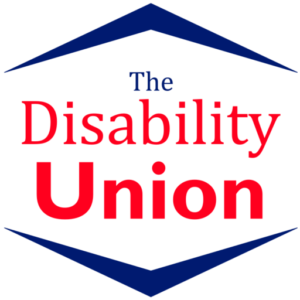
Disability culture is wide and varied. Whether it be the difference between geographical location or different disabilities, there are variations in how different people experience disability culture. Last time we talked about the idea of paternalism and how it is used. Whether intentional or not, it is used to keep control over people with disabilities. According to James L. Charlton and his book Nothing About Us Without Us: Disability Oppression and Empowerment, the root of paternalism in culture surrounding disability can be separated into three pillars: body/image, religion, and language. Today, we will be focusing on body image.
Body Image Across the World
Different cultures have different things they view as beautiful. For example, here in America (and other parts of the world) the height of beauty is a tall, thin, woman with long blonde hair. She has clear skin and a perfect smile. But in Polynesia, fat is considered beautiful. In parts of Africa, scars are seen as a badge of honor. In this way, disability is seen in different lights across the world.
Bodies have become a commodity. Attractive bodies are used to sell everything from clothing to cell phones. Beautiful bodies sell more, and the definition of beautiful depends on where you are in the world. Having attractive people be front and center in every aspect of marketing only reinforces the fact that there is a certain standard of beauty that people must attempt to replicate. Those that can’t, due to disability or other factors, are seen as broken.
A Medical Issue?
Disability has historically been seen as a medical condition. Just based on the fact that our bodies/minds are abnormal, there is something wrong. The intersection of medicalization and societal expectations is powerful. If people with disabilities are first and foremost seen as sick, they are more likely to be pitied. Pitying a whole group across the board leads to dehumanizing the group. People with disabilities are no longer seen as people with hopes, dreams, and aspirations. Instead, we are seen as a way to make able-bodied people feel good about themselves. “I may have it hard, but at least I can still walk!” becomes the sentiment for a lot of people.
Because most people equate being disabled as being sick, they see it as being broken or partial. There are people who can’t conceive of a world where a disabled person can get married, have a successful career, and be happy. To them, a wheelchair (or scooter, walker, etc.) equals despair. They are so used to people with disabilities only being a diagnosis, only needing medical attention, that they can’t see passed that. Speaking from firsthand experience, it’s hilarious to watch them see the real person shine through. They don’t know how to act.
Focusing on the Wrong Problem
There are a few problems with focusing on the body when thinking about disability. One of the main ones is that doing so focuses on the wrong problem. There are things that a wheelchair user might not be able to do; but that’s not their fault. The problem here isn’t the disability — it’s society. We’ve touched on this a bit when we’ve discussed universal design. Disability is only really an issue for people when it gets in the way. The most common occurrence of this is someone’s visual impairment. It is easily fixed with glasses, so much so that visual impairments are really only seen as a disability in extreme cases. Rather than focusing on the problem of people not being able to see, society created a solution that made the disability all but disappear.
Imagine a world where that was how we treated every disability. Rather than mobility aid users struggling to get into buildings, buildings were designed with them in mind. Text on signs would always be in large print and have braille. All doors are automatic. Disability would be, at most, an inconvenience.


